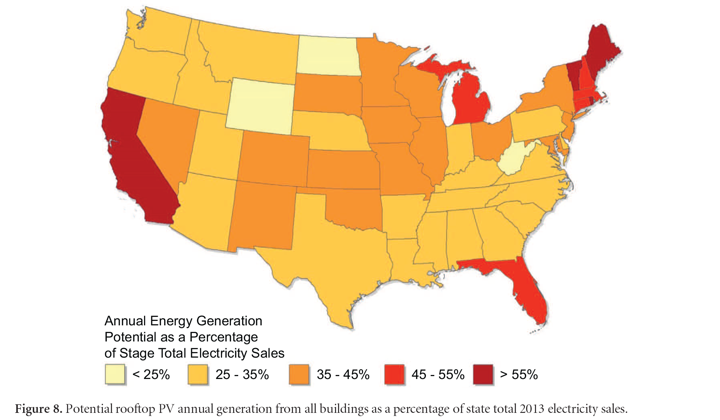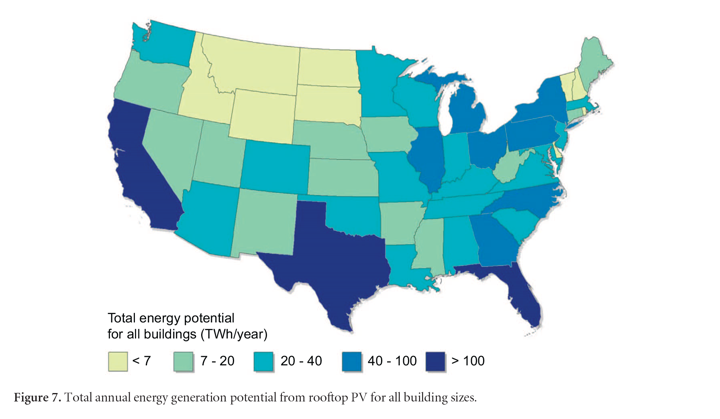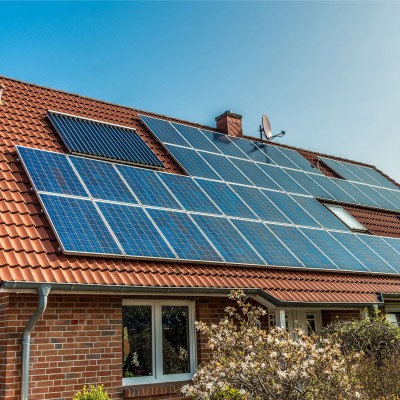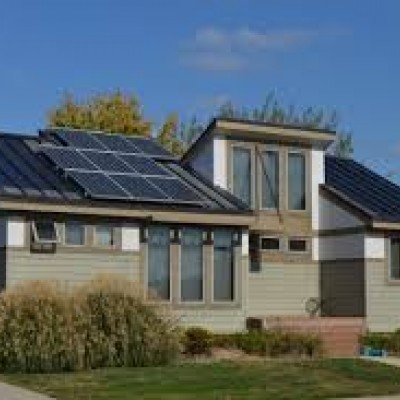Rooftop Solar Can Deliver 50% of Mass Electricity Demand

A report from the US National Renewable Labs has found that rooftop solar can provide up to 40% of the nation's electricity demand.
New England doesn’t have the sunniest skies, but the limited need for air conditioning in the summer helps keep electricity use down. As a result, that region could produce about half its total electricity from rooftop solar. And if you consider residential buildings separately, they can produce about as much electricity as people use in their homes.
There are a lot of things you need to know to figure this out: number of buildings, size of roofs, direction the roofs are facing, strength of sunlight, number of sunny days, and so on. So first off, the researchers took advantage of a Department of Homeland Security program that laser-maps buildings, which now covers almost a quarter of buildings in the US. From this, it's possible to get roof area, roof tilt, roof direction, and whether the roof is shaded by trees. Roofs were tossed out if they were too small, too steep, north-facing, or otherwise would lose more than 20 percent of their possible solar output, but most roofs were suitable.
Next, the researchers worked out the average amount of sunlight in a year for each location. Using the average efficiency of rooftop solar panels installed in 2015, they combined everything to produce a map of maximum possible rooftop solar energy production.
In total, they estimate that there are a little over 8 billion square meters of suitable roofs in the US. Cover that in solar panels, and you would produce about 1,400 terawatt hours of electricity each year—about two-thirds of which would come from small residential buildings. The total production is equal to nearly 40 percent of the total electricity currently sold by utilities in the US.



